World Tapir Day Is Here: 16 Ways Tapirs Are Unlike Any Other Animal On Earth
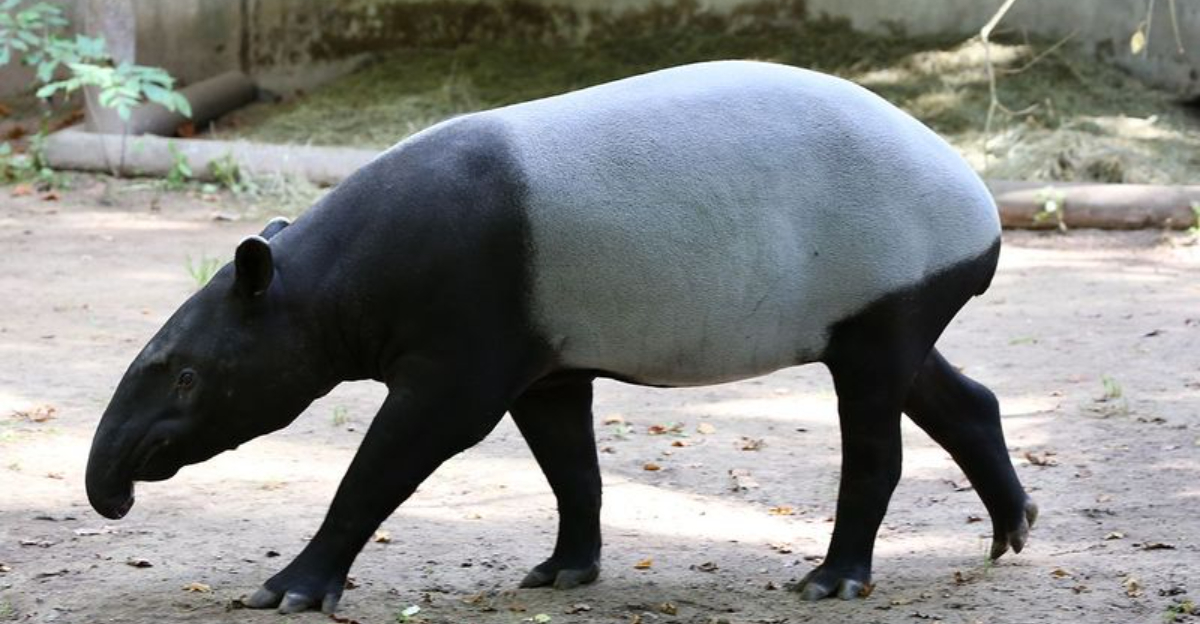
Hey there, animal lovers! Today is World Tapir Day, a perfect time to celebrate these quirky creatures.
Known for their distinctive snouts and prehistoric charm, tapirs are truly one-of-a-kind in the animal kingdom.
Let’s explore fascinating ways they stand out from the crowd, highlighting traits that make them not just unique, but utterly captivating.
1. Snout Sensation
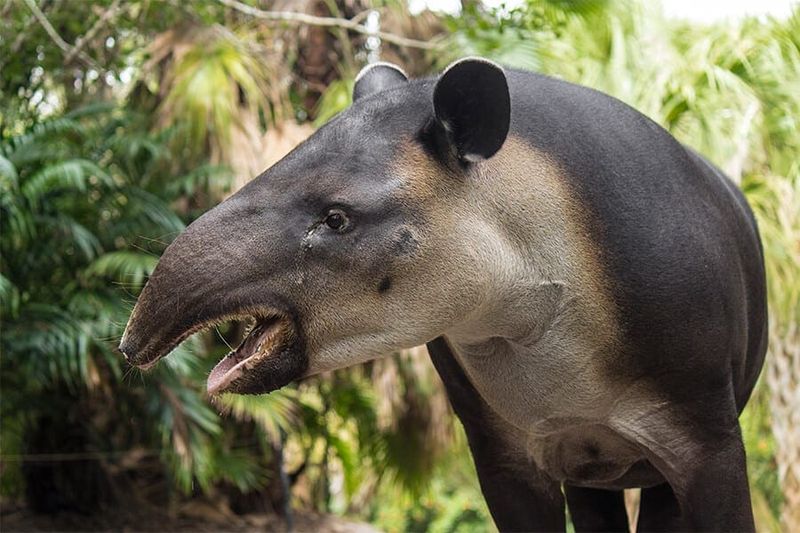
Ever seen an animal with a nose that acts like a hand? A tapir’s snout is flexible and prehensile, helping them grab leaves and fruit with ease.
It’s like having a built-in tool for dining in the wild. This unique adaptation allows them to forage efficiently, making their meals both practical and entertaining!
2. Ancient Ancestors

These remarkable creatures have ancient roots, dating back to the Eocene epoch. Imagine them strolling alongside woolly mammoths!
Their prehistoric lineage makes them living relics of a bygone era, connecting us to a distant past with every step they take.
3. Jungle Swimmers

Tapirs are exceptional swimmers! They glide through water with the grace of a seasoned athlete.
Their love for swimming helps them escape predators and cool off in hot climates.
4. Forest Gardeners
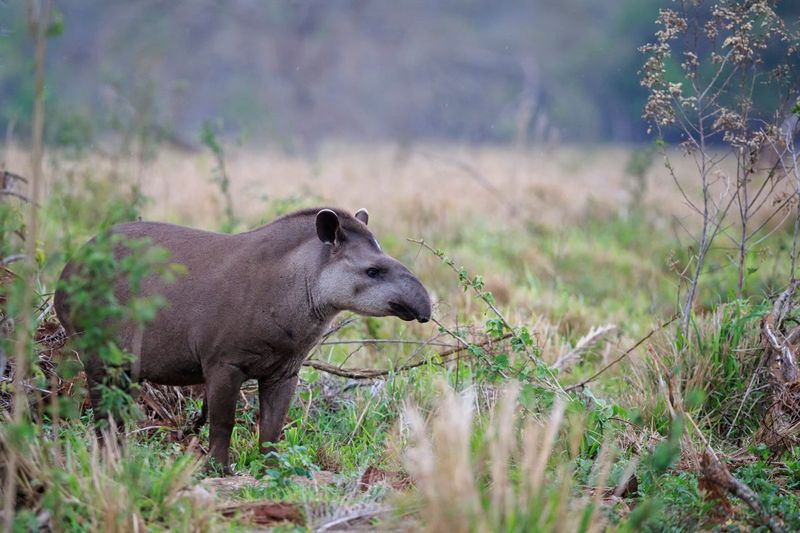
Tapirs play a crucial role as forest gardeners, dispersing seeds far and wide. As they munch on fruits, seeds travel through their digestive system and are deposited in new locations, promoting plant growth.
This natural gardening skill helps maintain the health of tropical ecosystems, ensuring that forests thrive in their presence.
5. Solitary Wanderers
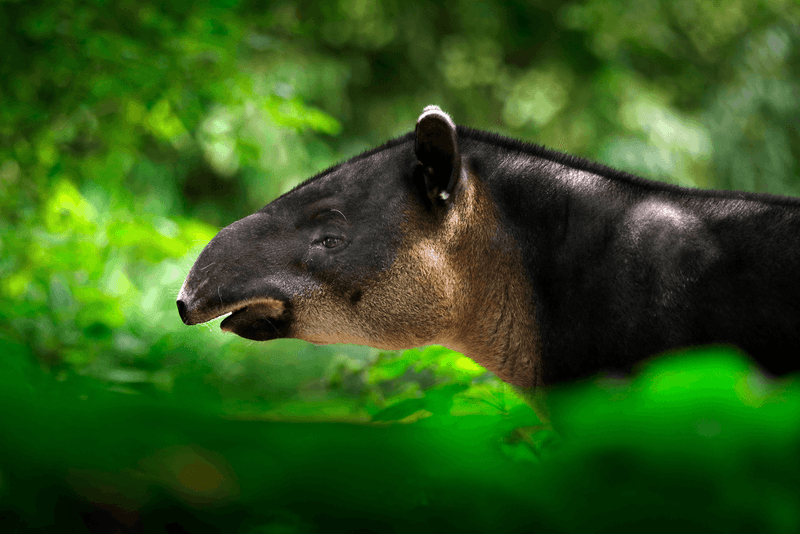
Tapirs are the introverts of the animal world, enjoying solitary walks through the forest. It’s rare to see them in groups, as they prefer to explore solo.
This solitary nature gives them a mysterious allure, as they quietly navigate their jungle homes, leaving only footprints and whispers behind in the foliage.
6. Disguised Delight
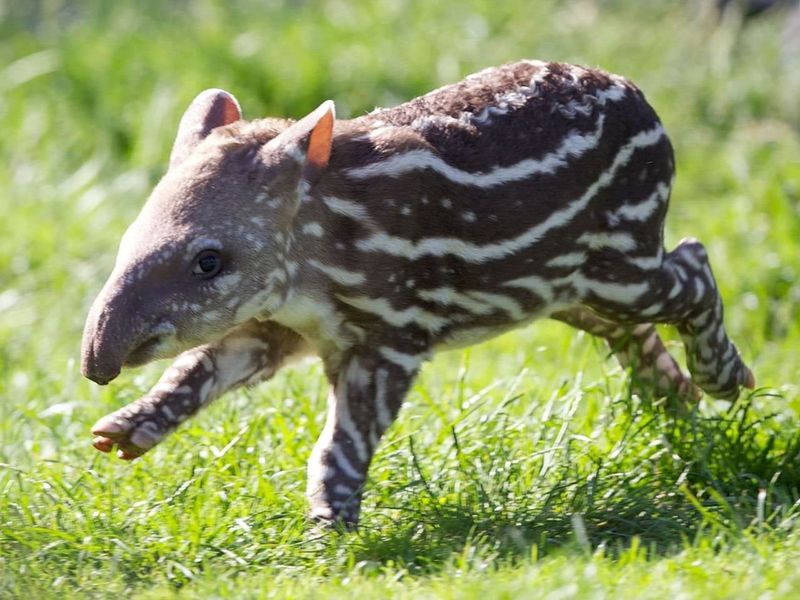
Talk about a fashionable start! Baby tapirs sport a coat of stripes and spots, providing perfect camouflage in dappled forest light. This adorable pattern fades as they grow, but their early wardrobe keeps them safe from predators.
It’s like wearing a designer cloak that nature crafted, blending seamlessly into the wild.
7. Neotropical Natives
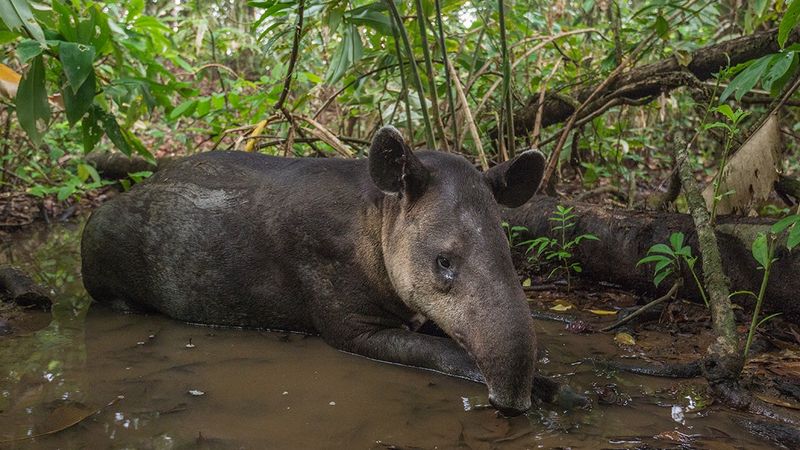
Tapirs predominantly inhabit neotropical rainforests in Central and South America. These lush environments provide everything they need: food, water, and shelter.
The dense vegetation and vibrant biodiversity make their homes a paradise. By preserving these rainforests, we protect the tapirs and countless other species that share this vibrant ecosystem.
8. Unique Communication
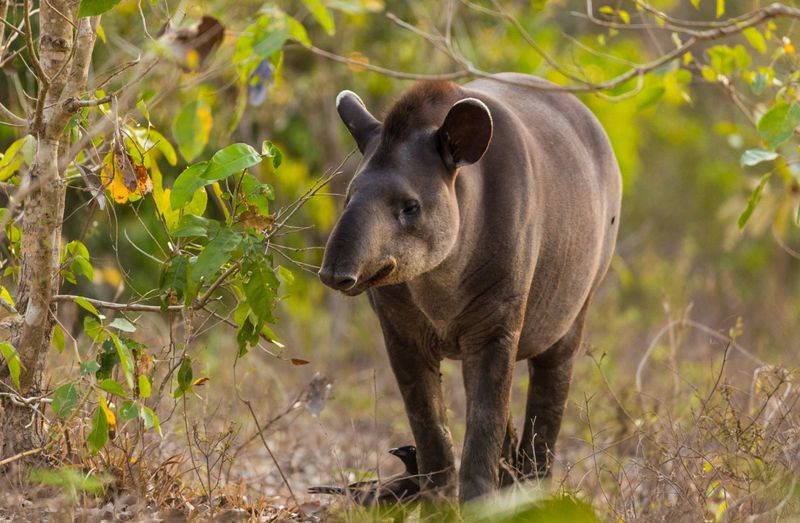
Tapirs have a language all their own, using unique vocalizations to communicate. From high-pitched whistles to low grunts, they convey messages across the forest.
This special form of communication helps them find mates and alert others to danger.
9. Tapir Tracks
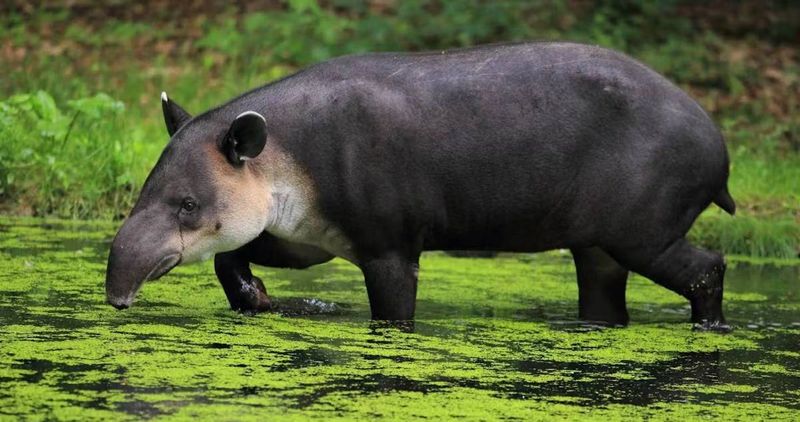
When you walk through the forest, keep an eye out for three-toed tracks! Tapirs leave behind distinctive footprints, like signatures in the mud.
Their tracks tell tales of their journeys through dense jungles.
10. Night Explorers

Tapirs are creatures of the night, embarking on moonlit adventures. Their nocturnal habits help them avoid daytime predators and enjoy cooler temperatures.
Wandering the forest under the stars, they forage for food with a quiet grace.
11. Diverse Diet
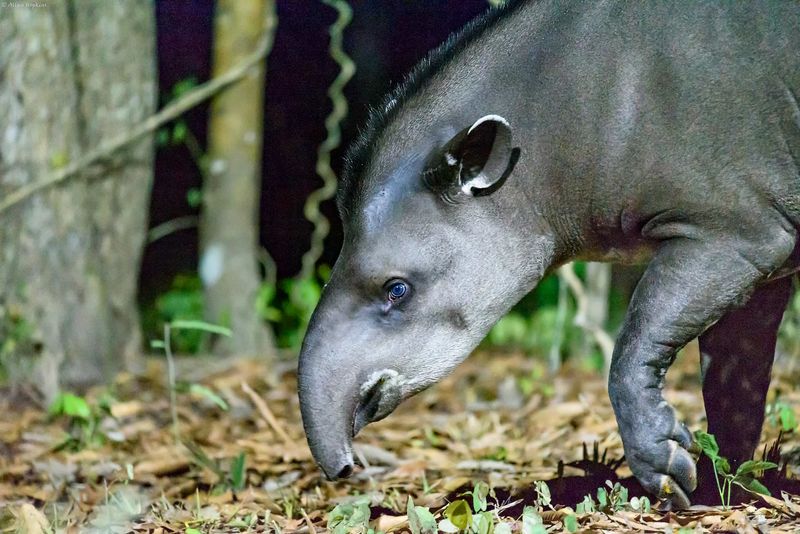
Tapirs have a diverse diet, enjoying an array of fruits, leaves, and twigs. This varied menu not only satisfies their hunger but also contributes to forest diversity.
By sampling different plants, they help spread seeds and promote new growth. With every bite, they weave the tapestry of life, enriching the forest one meal at a time.
12. Gentle Giants
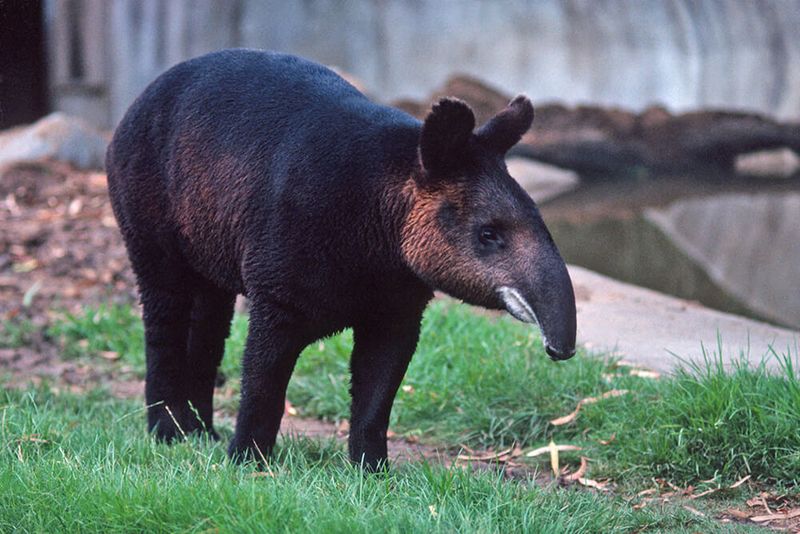
Despite their large size, tapirs are gentle giants, moving with a quiet elegance. They’re non-aggressive and prefer peace over confrontation.
Watching a tapir interact with its surroundings is like witnessing a dance of tranquility, as they graze and wander without disrupting the harmony of their jungle home.
13. Clever Climbers
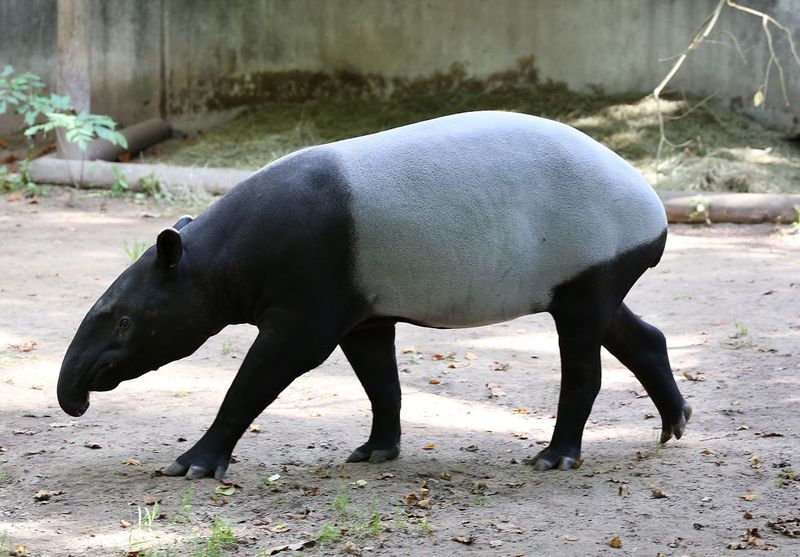
Tapirs aren’t just good swimmers; they’re smart climbers too! They adeptly navigate rocky terrains and steep inclines with surprising agility.
This skill is crucial for escaping predators or reaching new food sources. Their clever climbing abilities make them versatile adventurers, always ready to tackle the next challenge on their jungle journey.
14. Endangered Icons
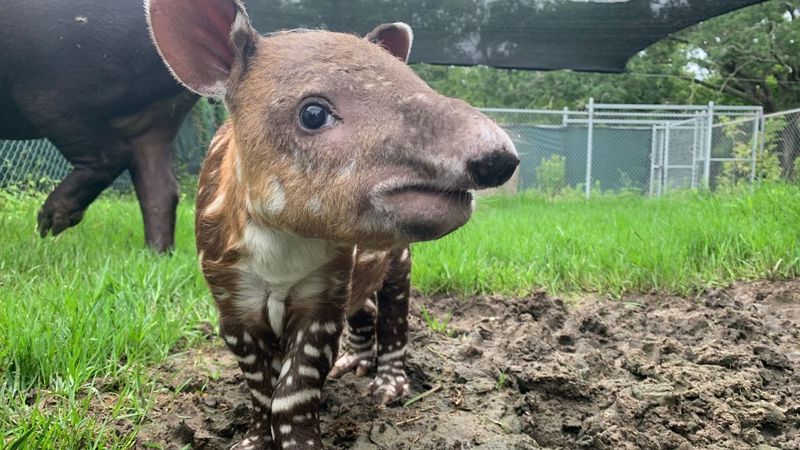
Tapirs are icons of conservation, with many species facing threats from habitat loss and hunting. Their status as endangered highlights the need for protective efforts.
By supporting conservation initiatives, we help secure their future. Seeing a tapir is a reminder of nature’s fragility, urging us to cherish and safeguard the world’s precious wildlife.
15. Remarkable Resilience

Tapirs demonstrate remarkable resilience, adapting to changing environments. Even in recovering ecosystems, they find ways to thrive.
This resilience is a testament to their strength and adaptability, inspiring us to persevere through challenges. Whether facing natural disasters or human-induced changes, tapirs stand as symbols of hope and survival.
16. Cultural Significance
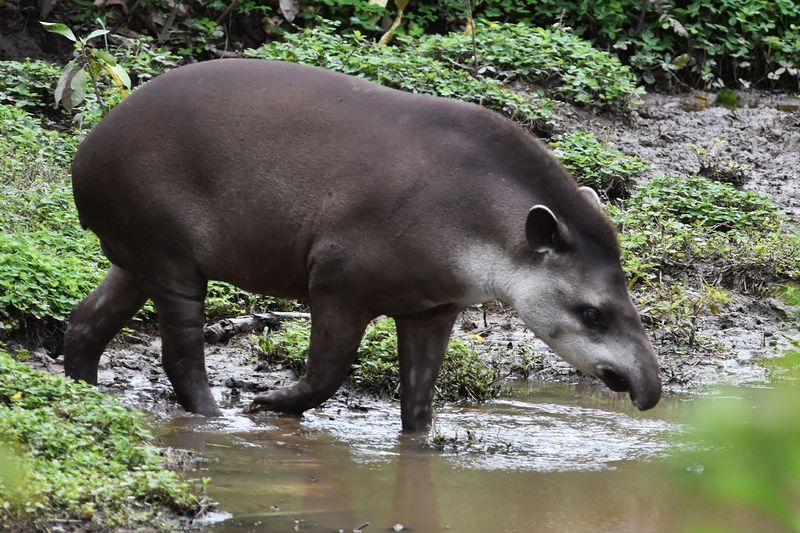
In many indigenous cultures, tapirs hold deep significance. They’re often featured in folklore and art, symbolizing strength and survival.
These cultural depictions celebrate the tapir’s role in the natural and spiritual world, highlighting their importance beyond just ecological.






